UPS Shipping vs. Home & Office Delivery: What’s the Difference & How to Choose What’s Best for You
Along with multiple local pickup locations, we offer two ways to get our pasture-raised meats to your doorstep - UPS shipping AND our once-a-month local delivery routes.
Here’s how each works so you can pick the best option for your family!
UPS Shipping (Weekly)
When: Every Tuesday
Where: Throughout Ohio and most of the Midwest
What we ship: Nearly all products except eggs
How we pack it: Orders are packed in compostable insulated boxes (the liners are made of corn!) with ice packs and picked up directly from our farm freezers by UPS on Tuesday evenings.
Delivery timeframe: Most customers receive their order on Wednesday, some farther locations may see it arrive on Thursday.
Shipping fee: $10 or Free on orders over $250
Shop for UPS shipping here!
Home & Office Delivery (Monthly)
When: First week of every month (adjusted if there’s a holiday)
How: Delivered in a temperature-controlled van by another trusted local farmer. If you’re not home, we’ll leave your order in an insulated box or recycled styrofoam cooler to keep it safe and frozen.
Delivery timeframe: Varies depending on number of stops and other pickups/deliveries, typically between 8-3pm.
Delivery fee: $6.95 or Free on orders over $250
Local delivery allows us to deliver ALL our products, plus:
Eggs
Bulk meat shares like whole and half hogs or beef
Southwest Ohio Route (Wednesdays):
Hillsboro, Wilmington, Mason, Montgomery, Cincinnati, Batavia, Fayetteville, Mt. Orab & Surrounding Communities
South Central Ohio Route (Thursdays):
Leesburg, Greenfield, Frankfort, Circleville, Kingston, Chillicothe, Waverly, Bainbridge & Surrounding Communities
Shop for Home & Office Delivery here!
We also deliver to these pickup spots during local delivery week:
Two Roasting Joes (Chillicothe)
Twisted Violet Homestead (Hillsboro)
Way Farms (Waverly)
Shop for local pickup or delivery here.
Need to Change Your Delivery Option?
No problem—here’s how:
Click the "Change" button next to the current delivery location shown at the top of the website (like in the screenshot below).
Enter your ZIP code when prompted.
Select your preferred option—whether that’s home delivery, a local pickup spot, or UPS shipping.
Common Questions
Can I have eggs delivered if I choose UPS shipping?
Unfortunately, no. We don’t currently ship eggs, they’re too fragile!
What if I won’t be home for my delivery?
No problem! Just unpack your order into the freezer as soon as you get home from work. Your order will be an in insulated box or cooler with ice packs as needed to keep it safe.
Can I subscribe or schedule repeat deliveries?
Yes! Choose to subscribe at checkout, or check out our Monthly Meat Box program. Subscribe to your favorites, make any changes before the order deadline each month, then we’ll take care of the rest! We send plenty of order reminders ahead of time so you know when your delivery will arrive.
Sustainability Matters
I know sometimes the environmental aspect of shipping and delivery is controversial, but here’s my opinion - the UPS truck is already in my neighborhood every Tuesday and traveling through most neighborhoods every week too. Adding our boxes to their existing routes keeps A LOT of individual cars from needing to drive out to the farm.
We only ship within the UPS 2 day ground zone, I have chosen not to put meats on a plane to deliver all the way to the west coast.
Same with our local delivery routes - we can load up orders for many many families instead of everyone needing to make a trip to the farm. Plus, we’re very mindful of coordinating multi-purpose trips, working with other farms who need product moved around, and making sure we route in the most efficient way possible.
Our insulated shipping boxes are recyclable and compostable. They can be reused multiple times if you’re able to drop them off to us at the farm or ship back to us!
To ship back to us - remove all ice packs and perishable stickers from the outside, place a small book inside, and mail back using media mail shipping rates with USPS.
Reach out if you have other questions about any of our pickup or delivery options!
We know you’re busy so we want to make shopping for local food as easy and convenient as possible.


